Deaf-Hearing Communication
Deaf-to-Hearing communication devices are used to assist individuals who are Deaf or hard of hearing communicate with other individuals so they can accomplish essential job tasks. These devices accomplish this by allowing an individual to increase the speed and clarity of face to face communication through various methods.

Alerting/Signaling Devices (2)
Alerting/Signaling Devices are used to assist individuals who have hearing limitations that prevent them from accomplishing essential job functions. They accomplish this by allowing an individual to have a visual indication that their phone is ringing.
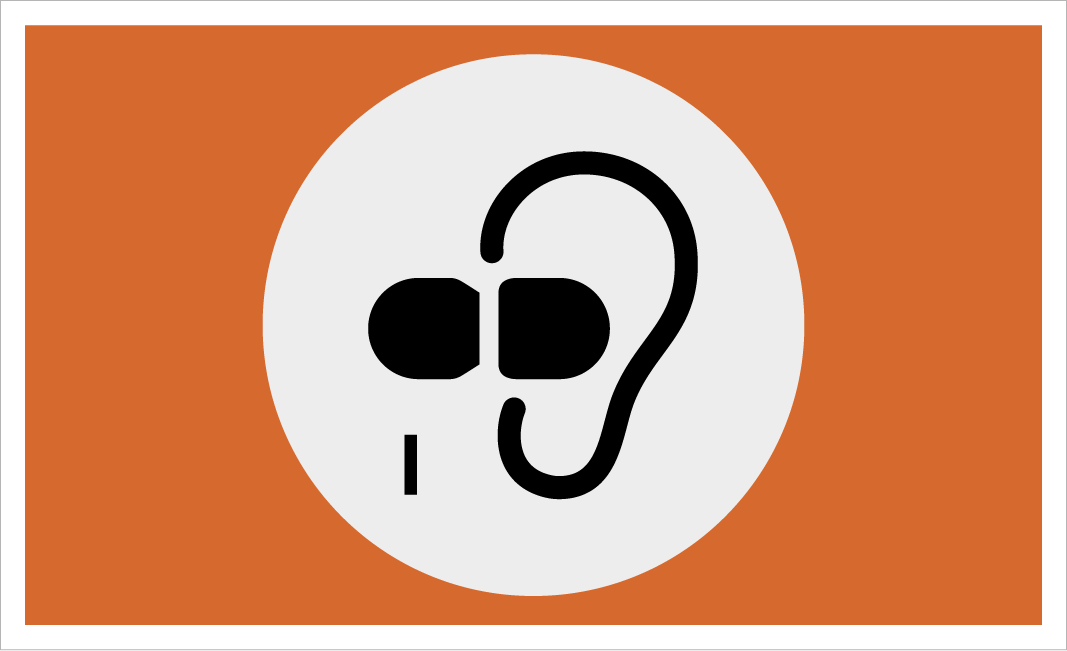
Assistive Listening Devices (26)
Assistive listening devices are used to assist individuals who have hearing limitations that prevent them from accomplishing essential job tasks. They accomplish this by allowing the user to amplify sounds in their environment to a volume they can perceive. Assistive listening devices can work with or without hearing aids, depending on the specifications of the product and the requirements of the individual.

Communication access real-time translation (CART) (2)
CAP provides CART services for Department of Defense (DoD) employees who are Deaf or hard of hearing who attend DoD sponsored job related training courses lasting two days or longer, but not to exceed two weeks. CAP has specific requirements that must be met in order to provide CART services. All requests will be reviewed on a case by case basis. Submit requests at least 15 business days before the training/course starts.
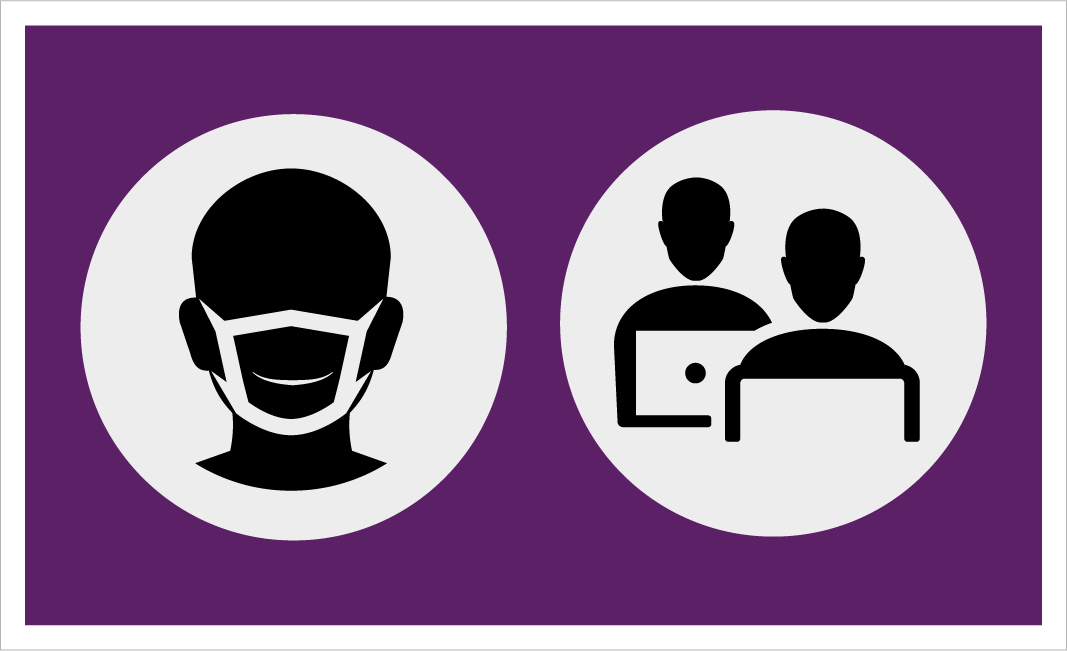
Deaf-to-Hearing Communication (6)
Deaf-to-Hearing communication devices are used to assist individuals who are deaf or hard of hearing in communicating with hearing individuals so they can accomplish essential job tasks. These devices accomplish this by allowing an individual to increase the speed and clarity of face-to-face communication through various methods.
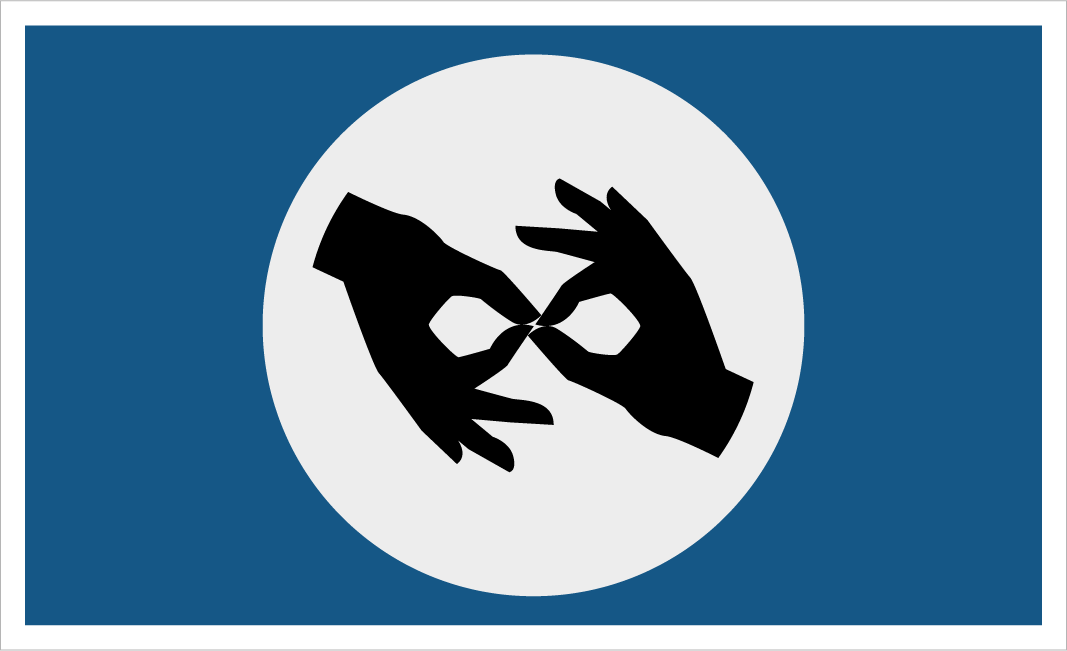
Interpreting Services (2)
CAP provides sign language, oral and tactile interpreting services for Department of Defense (DoD) employees who are Deaf and hard of hearing who attend DoD sponsored job related training courses lasting two days or longer, but not to exceed two weeks. CAP has specific requirements that must be met in order to provide sign language, oral and tactile interpreting services. All requests will be reviewed on a case by case basis. Submit requests at least 15 business days before the training/course starts.

Noise Reduction & Noise Cancelation Devices (4)
Noise Reduction (Passive Noise Isolation) uses physical barriers to reduce but not eliminate sound. These devices don’t require power and allow users to stay aware of their surroundings, making them suitable for individuals with conditions such as Traumatic Brain Injuries (TBI) or Post-Traumatic Stress Disorder (PTSD).For individuals with conditions where spatial awareness is critical, noise-reduction devices are often ideal. Noise Cancelation (Active Noise Cancelation) uses electronic components to generate opposing sound waves, effectively blocking out unwanted noise across all frequencies. This is ideal for individuals with conditions such as Attention Deficit Disorder (ADD), Attention-Deficit/Hyperactivity Disorder (ADHD), or Learning Disabilities, where background noise hinders focus. For individuals with conditions where background noises create a distraction, sensory overload, or inability to focus and concentrate, noise cancelation devices are often ideal.
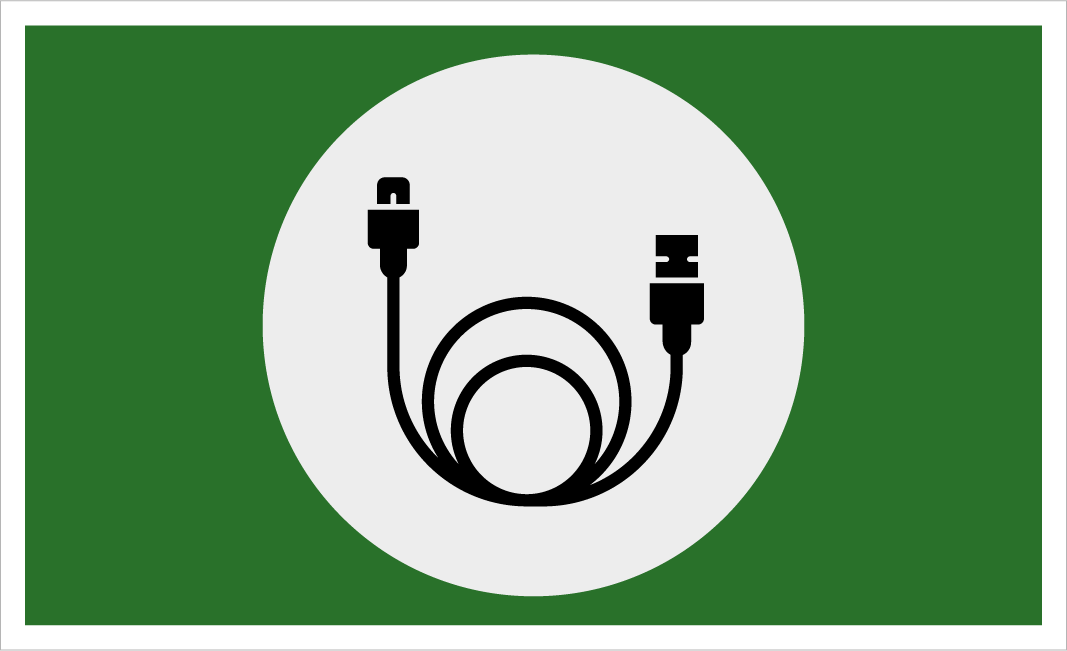
Telephone Equipment (non-amp) (3)
Non-amplified telephone equipment is used to help an individual connect headsets or other accessories to their telephone. This equipment allows an individual to fully utilize their other technology, letting them create a workstation that best allows them to accomplish their essential job tasks. This category includes items such as connection cables and communication hubs.

Telephone Headsets (10)
Telephone headsets and handsets are used to assist individuals who have dexterity or hearing limitations that prevent them from accomplishing essential job tasks. They accomplish this by allowing an individual to speak on the phone without holding the handset or providing additional amplification of the voices heard over the phone.

TTYs (4)
TTYs are text telephones used to assist individuals who have hearing limitations that prevent them from accomplishing essential job tasks. They accomplish this by allowing an individual to use a telephone line to type and receive messages in text. This allows users with hearing limitations to communicate with others even if they do not have a hearing limitation.
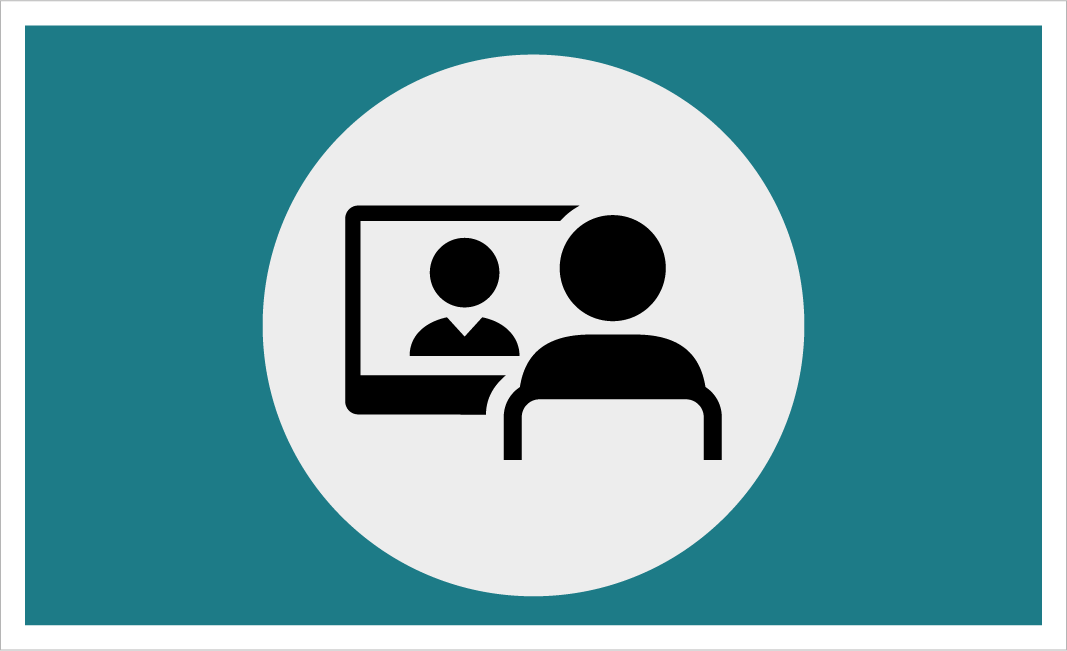
Videophones (1)
Videophones are used to assist individuals who have hearing limitations that prevent them from accomplishing essential job tasks. They accomplish this by allowing an individual to use sign language to communicate with others on the phone. The videophones allow the user to speak directly with others who know sign language or with individuals who do not know sign language through a relay interpreter.

